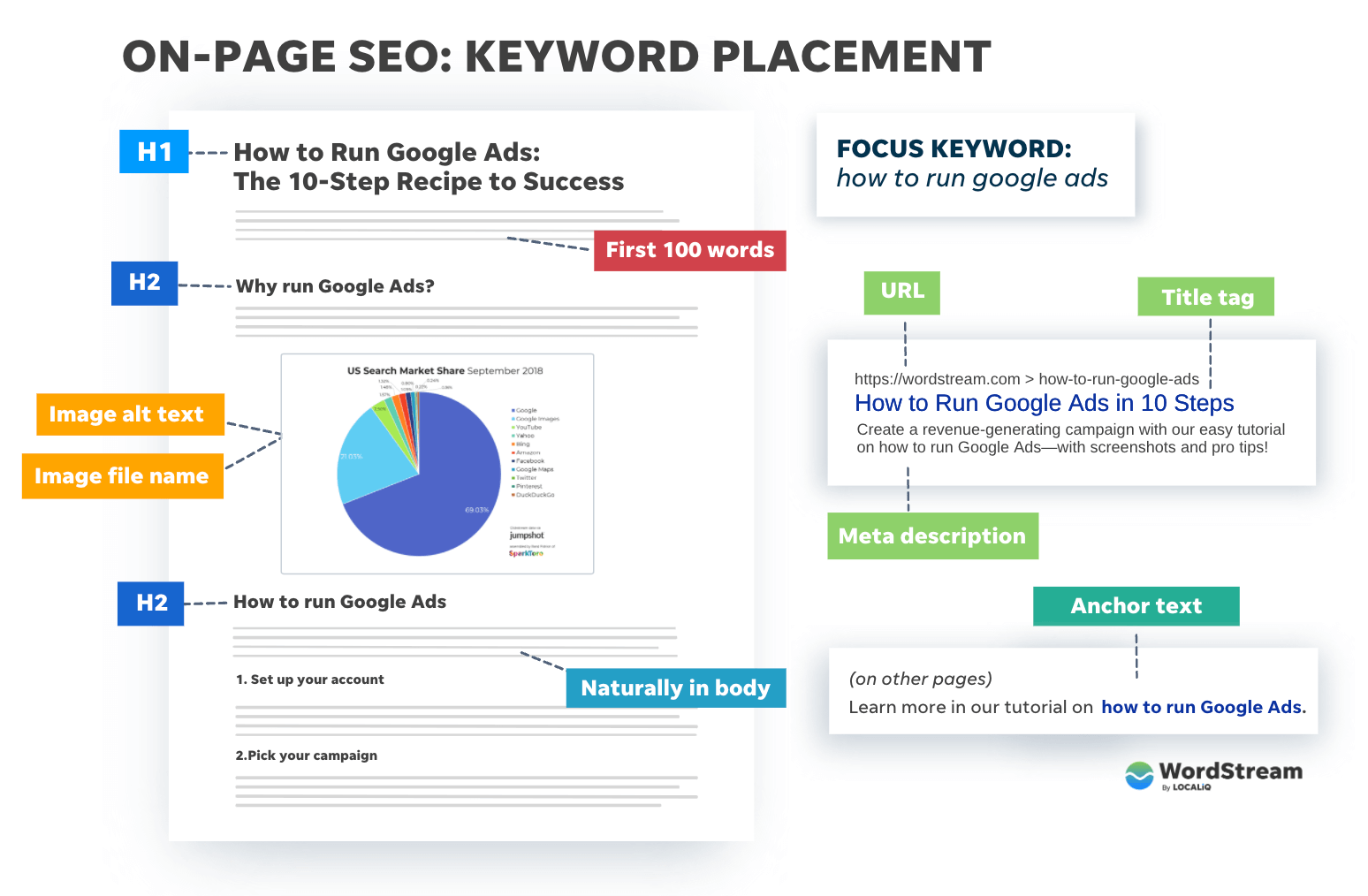Comprehending Secondary Dimensions in Google Analytics: Meaning and Calculated Combination
Comprehending Secondary Dimensions in Google Analytics: Meaning and Calculated Combination
Blog Article
Revealing the Effect of Second Measurement in Google Analytics on Data Analysis and Insights
In the world of information analytics, the application of secondary measurements within Google Analytics has actually arised as a pivotal tool for removing much deeper understandings and unraveling complex patterns that might otherwise remain covered. By peeling back the layers of primary information sets, second dimensions supply a nuanced perspective that enriches the understanding of customer actions, internet site efficiency, and the effectiveness of advertising techniques.
Checking Out the Concept of Secondary Dimensions
Second dimensions in Google Analytics offer extra insights by permitting individuals to assess key information along with a secondary quality. This function makes it possible for a more extensive understanding of the key data by including an additional layer of details for analysis. By integrating secondary measurements, users can dive deeper into the data and uncover valuable correlations that could otherwise go unnoticed. As an example, by combining the main data of site traffic with second dimensions like demographics or habits, online marketers can acquire a more extensive view of their audience and tailor their approaches accordingly.
By discovering the numerous secondary measurements available in Google Analytics, users can unlock new insights and enhance their digital advertising initiatives. In significance, secondary measurements serve as an effective tool for boosting data analysis and driving actionable outcomes.
Enhancing Data Analysis With Secondary Dimensions
Having actually developed the foundational understanding of additional measurements in Google Analytics and their essential role in information analysis, the emphasis now changes in the direction of leveraging these secondary credit to boost the analysis of analytics data (what is a secondary dimension in google analytics). By incorporating additional dimensions into information analysis, analysts can gain much deeper insights right into individual habits, web site performance, and advertising and marketing effectiveness

Furthermore, secondary dimensions assist in contextualizing key data metrics by providing additional layers of details. This contextualization help in understanding the 'why' behind the information trends, helping experts make informed decisions and optimizations to boost general efficiency. Inevitably, integrating additional dimensions enriches the data interpretation procedure, causing more purposeful understandings and tactical actions.
Uncovering Hidden Insights With Additional Dimensions
Discovering the depths of analytics information with second measurements discloses beneficial insights that would or else remain covered. By including second dimensions in Google Analytics, services can discover surprise patterns, fads, and relationships that supply an even more thorough understanding of customer habits and site efficiency. These extra layers of information permit experts to delve much deeper into the main dimensions, such as traffic sources or landing pages, and get a much more nuanced point of view on just how various variables engage with each various other.
Via the usage of second dimensions, analysts can sector and compare information across various dimensions, enabling them to identify specific variables that influence individual involvement, conversion prices, and total success metrics. By pairing the main measurement of 'device classification' with the second dimension of 'age group,' marketing experts can determine which age demographics favor accessing the website via mobile devices versus desktops.
Leveraging Additional Dimensions for Actionable Analytics
Structure upon the insights unveiled with additional dimensions in Google Analytics, services can now harness this enriched information landscape to drive workable analytics and calculated decision-making. By leveraging second measurements, companies can dig deeper into their information to draw out valuable patterns, patterns, and correlations that might have previously gone undetected. This deeper level of analysis makes it possible for businesses to get a more comprehensive understanding of individual more behavior, campaign performance, Visit Website and total website effectiveness.
One secret benefit of making use of additional dimensions for workable analytics is the ability to segment information based on certain standards. This division enables services to tailor their campaigns and strategies to different target market teams, leading to extra targeted and efficient advertising efforts - what is a secondary dimension in google analytics. In addition, secondary measurements give an even more holistic sight of customer communications, allowing organizations to optimize their web site material, layout, and overall individual experience
Making The Most Of Decision-Making With Secondary Measurements
To boost strategic decision-making in analytics, leveraging second dimensions in Google Analytics can provide a much more nuanced point of view on customer actions and project performance. By incorporating second measurements right into information evaluation, businesses can dive deeper right into the specifics of their web site site visitors' communications and involvement patterns. This additional layer of info enables a much more detailed understanding of exactly how various variables, such as demographics, devices, or web traffic resources, effect key performance indications.

Conclusion
In conclusion, using secondary measurements in Google Analytics plays a crucial role in boosting information analysis and uncovering concealed insights. By discovering this principle, one can get a much deeper understanding of customer behavior and make educated choices based on actionable analytics. Leveraging second measurements enables for an extra detailed analysis of data and maximizes the effectiveness of decision-making procedures.

Report this page